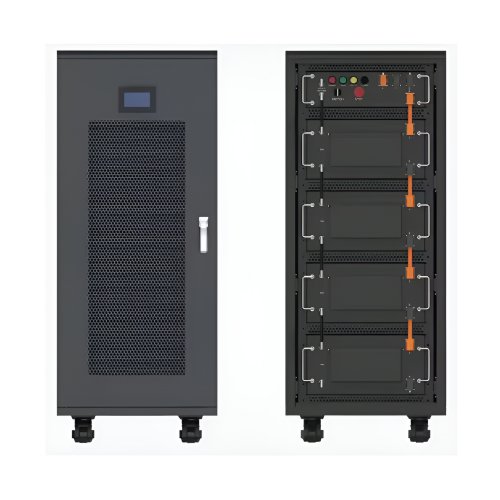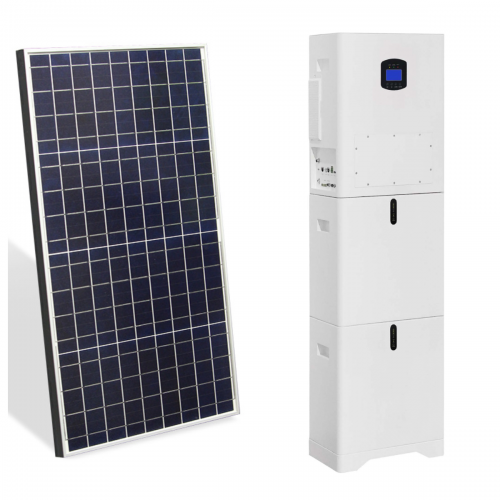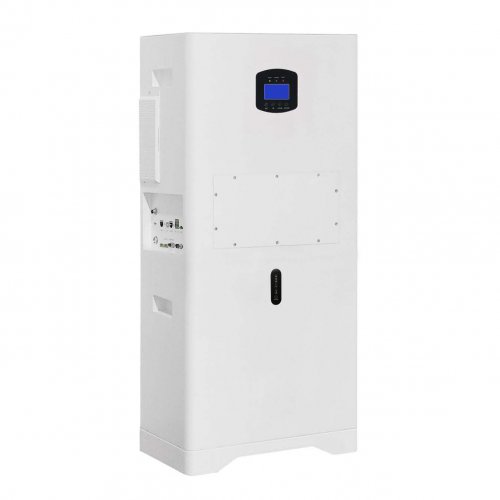Advances In Lithium Diffusion: Unlocking Next-generation Battery Performance
The relentless pursuit of higher energy density, faster charging, and longer-lasting energy storage systems has placed the phenomenon of lithium diffusion at the very heart of battery research. As the fundamental process governing the charge and discharge rates, power output, and overall kinetics of lithium-ion batteries (LIBs), understanding and enhancing lithium diffusion is paramount. Recent years have witnessed significant breakthroughs in characterizing diffusion mechanisms, designing novel materials to accelerate ionic transport, and developing advanced techniques to probe these processes in real-time, paving the way for a new era of electrochemical energy storage.
Novel Characterization Techniques and Fundamental Insights
A critical area of progress lies in the advanced characterization of lithium diffusion pathways and energy barriers. Traditional electrochemical methods like galvanostatic intermittent titration technique (GITT) and electrochemical impedance spectroscopy (EIS) remain valuable but are now being supplemented by more direct and sophisticated tools. For instance, in situ and operando neutron diffraction and solid-state nuclear magnetic resonance (ssNMR) spectroscopy have provided unprecedented insights into the dynamic evolution of crystal structures and lithium mobility during cycling. A notable study utilizing quasi-elastic neutron scattering (QENS) directly quantified the lithium diffusion coefficient within complex oxyfluoride cathode materials, revealing how fluorine anion substitution can create more favourable pathways for ion hopping (Xiao et al., 2022).
Furthermore, the application of atomic-resolution electron microscopy, such as scanning transmission electron microscopy (STEM), has allowed scientists to visualize lithium columns and defects at the atomic scale. This has been instrumental in confirming the role of crystallographic defects, such as vacancies and dislocations, as facilitators of lithium-ion transport. These techniques have collectively debunked the simplistic view of homogeneous diffusion, instead revealing a heterogeneous process highly sensitive to local atomic environment, strain, and interfacial phenomena.
Material Engineering for Enhanced Diffusion Kinetics
The application of these fundamental insights has directly fueled innovations in material design. The overarching strategy is to reduce the diffusion path length, lower the activation energy for ion hopping, and stabilize the host structure.
In cathode materials, research has moved beyond traditional layered oxides (e.g., NMC). Lithium-rich manganese-rich (LMR) cathodes and high-voltage spinels offer higher capacity but suffer from slow diffusion and structural degradation. Recent breakthroughs involve surface coating with fast-ion conductors (e.g., LiNbO₃, Li₂ZrO₃) and lattice doping with elements like Al, Mg, and Ti. These modifications suppress undesirable phase transitions and create percolating pathways for faster lithium-ion conduction at the surface and in the bulk. For example, the construction of a coherent spinel phase on a layered Li-rich cathode material was shown to provide a three-dimensional lithium diffusion network, dramatically enhancing rate capability (Liu et al., 2023).
The anode frontier is dominated by the quest to replace graphite with silicon, which has a theoretical capacity an order of magnitude higher. However, the massive volume expansion of silicon fractures particles and destroys the solid electrolyte interphase (SEI), severely hindering lithium diffusion. Latest research focuses on nanostructuring—creating porous silicon, silicon nanowires, and yolk-shell structures—to accommodate strain and maintain diffusion pathways. Equally important is the engineering of stable and ionically conductive SEI. The use of electrolyte additives like fluoroethylene carbonate (FEC) and novel salts (e.g., LiDFOB) promotes the formation of a flexible, homogeneous SEI rich in LiF, which is known for high Li⁺ conductivity, ensuring uninterrupted diffusion to the anode surface (Cui, 2021).
The ultimate expression of this principle is the development of solid-state batteries (SSBs), where lithium diffusion occurs entirely through a solid electrolyte. The discovery and optimization of superionic conductors, such as argyrodites (e.g., Li₆PS₅Cl) and halides (e.g., Li₃YCl₆), with lithium diffusivities rivaling those of liquid electrolytes, represent a monumental technical breakthrough. The primary challenge remains the solid-solid interface, where poor contact and space-charge layers impede diffusion. Solutions being explored include the synthesis of compliant sulfide electrolytes and the creation of composite cathodes where active material particles are intimately mixed with solid electrolyte to maximize the diffusion interface.
Future Perspectives and Challenges
The future of lithium diffusion research is exceptionally vibrant and interdisciplinary. Several key directions are emerging:
1. Multiscale Modelling and AI: The integration of ab initio calculations, machine learning potentials, and phase-field modelling will allow for the predictive design of materials with optimized diffusion properties, screening millions of potential compositions and structures in silico before synthesis. 2. Interface-Specific Engineering: As batteries become more complex, controlling diffusion across interfaces (cathode-electrolyte, anode-electrolyte, grain boundaries) will be more critical than ever. The goal is to design interfaces with graded compositions or artificial interlayers that act as seamless conduits for lithium ions. 3. Probing Dynamics Operando: The next generation of characterization will focus on mapping lithium diffusion in real-time under operating conditions with spatial and temporal resolution previously thought impossible. Techniques like operando X-ray tomography and high-speed scanning probe microscopy will reveal diffusion heterogeneities and their correlation with degradation. 4. Beyond Lithium-Ion: The principles learned from lithium diffusion are directly applicable to nascent technologies like sodium-ion and potassium-ion batteries, accelerating their development.
In conclusion, the enhanced understanding and control of lithium diffusion represent the cornerstone of next-generation battery technology. From atomistic probing to macroscopic engineering, recent advances are systematically dismantling the kinetic barriers that limit battery performance. The continued convergence of materials science, electrochemistry, and computational design promises to unlock ultra-fast charging, high-power, and exceptionally durable energy storage systems that will be crucial for the global transition to a sustainable energy future.
References:Cui, Y. (2021). Silicon Anodes.Nature Energy, 6(7), 665-667.Liu, T., et al. (2023). Constructing a Three-Dimensional Lithium Diffusion Network in Lithium-Rich Cathodes for High-Rate Performance.Advanced Materials, 35(15), 2208322.Xiao, Y., et al. (2022). Direct Measurement of Lithium Diffusion in a Lithium-Ion Battery Cathode Material via Quasi-Elastic Neutron Scattering.Chemistry of Materials, 34(9), 3980-3989.
Customized/OEM/ODM Service
HomSolar Supports Lifepo4 battery pack customization/OEM/ODM service, welcome to contact us and tell us your needs.


HomSolar: Your One-stop LiFePO4 Battery Pack & ESS Solution Manufacturer
Our line of LiFePO4 (LFP) batteries offer a solution to demanding applications that require a lighter weight, longer life, and higher capacity battery. Features include advanced battery management systems (BMS), Bluetooth® communication and active intelligent monitoring.

Customised Lithium Iron Phosphate Battery Casing
ABS plastic housing, aluminium housing, stainless steel housing and iron housing are available, and can also be designed and customised according to your needs.

HomSolar Smart BMS
Intelligent Battery Management System for HomSolar Energy Storage System. Bluetooth, temperature sensor, LCD display, CAN interface, UART interface also available.


Terminals & Plugs Can Be Customized
A wide range of terminals and plugs can be customised to suit the application needs of your battery products.

Well-designed Solutions for Energy Storage Systems
We will design the perfect energy storage system solution according to your needs, so that you can easily solve the specific industry applications of battery products.



About Our Battery Cells
Our energy storage system products use brand new grade A LiFePO4 cells with a battery lifespan of more than 4,000 charge/discharge cycles.



Applications in Different Industries
We supply customized & OEM battery pack, assemble cells with wiring, fuse and plastic cover, all the cell wires connected to PCB plug or built BMS.
Applications: E-bike, Electric Scooter, Golf Carts, RV, Electric Wheelchair, Electric Tools, Robot Cleaner, Robot Sweeper, Solar Energy Storage System, Emergency Light, Solar Power Light, Medical Equipment, UPS Backup Power Supply.
We can provide you with customized services. We have the ability to provide a vertical supply chain, from single cells to pack/module and to a complete power solution with BMS, etc.


HomSolar (Shenzhen) Technology Co., Ltd
























